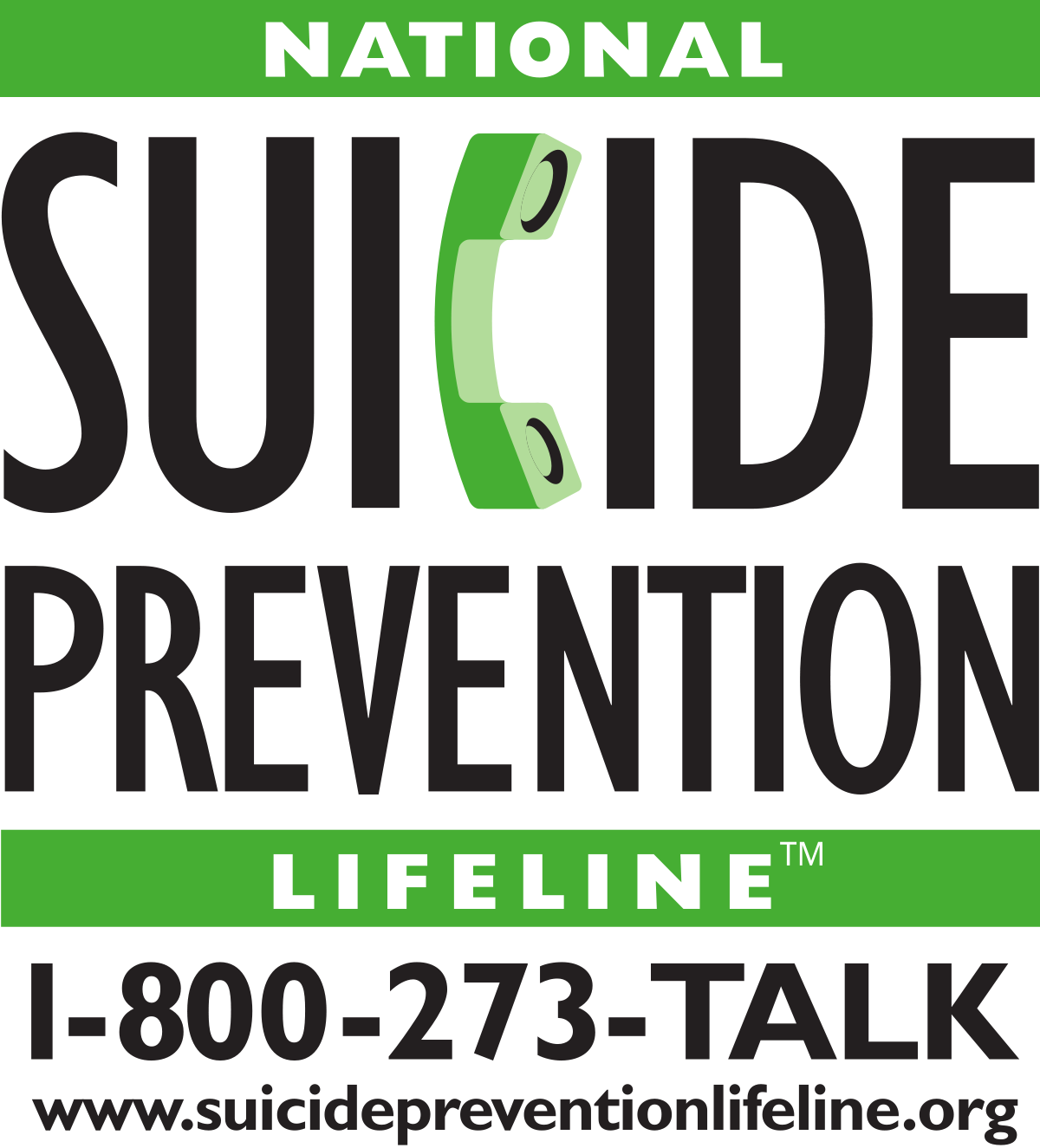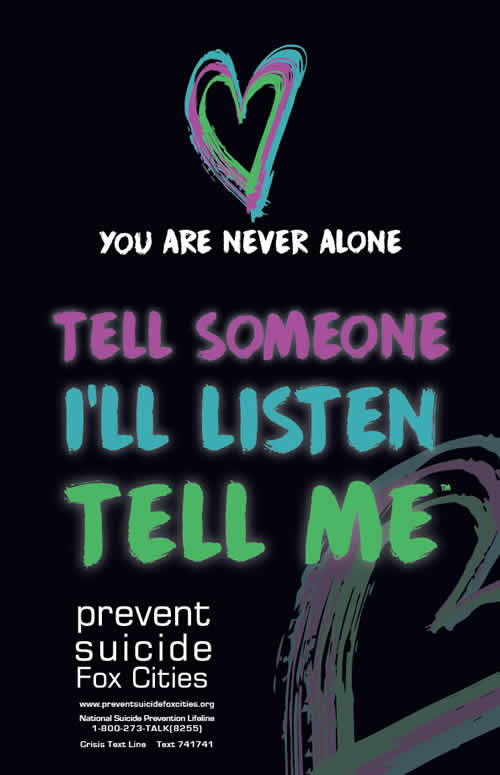24/7 Free and Confidential Lifeline
988 Suicide & Crisis Lifeline - 24/7 Text, Talk, Chat
Blog
10 Ways to Prevent Suicide
Jan 30, 2019
By Sarah Griffith Lund
People I deeply love have teetered on the edge of death, driven by thoughts of self-harm, and are alive today, still. Dying by suicide remains one of the leading causes of death in our country, however, there is much we can do to prevent suicide. Based on my personal experiences with family members, in honor of World Suicide Prevention Day, here’s 10 things each of us can do that will help save lives.
- Spread hope.
In ways that are sincere and meaningful, find ways to focus on the idea that suffering is temporary and that things will get better. Hope comes from the belief that despair is not permanent.
For people of faith, spreading hope happens when we lift up our concerns to God in prayer. We spread hope when we pray. Pray for people who live with thoughts of self-harm.
- Talk about suicide.
If you are having thoughts of suicide, tell someone. The more you talk about it to other people, the more likely you are to find help and support. Tell family members, pastors, friends, co-workers, and mental health professionals.
If you have a loved one who is feeling suicidal, talk about it. Talk to that person and ask directly how they are doing with their thinking around self-harm. Help them to monitor their thoughts, checking for warning signs that the person might be preparing to take action.
- Learn the warning signs.
According to the American Foundation for Suicide Prevention, people who are at greatest risk for killing themselves exhibit the following signs:
If a person talks about:
Killing themselves. Having no reason to live. Being a burden to others. Feeling trapped. Unbearable pain.
If a person’s behaviors change: Increased use of alcohol or drugs. Looking for a way to kill themselves, such as searching online for materials or means.
Acting recklessly. Withdrawing from activities. Isolating from family and friends. Sleeping too much or too little. Visiting or calling people to say goodbye. Giving away prized possessions. Aggression.
If a person’s mood changes: Depression. Loss of interest. Rage. Irritability. Humiliation. Anxiety.
- Know where to go.
All of us need to know the local, regional and national resources that offer prevention, education, and support services for mental health. Know who your local mental health care professionals are in your neighborhood. Where would a person in your neighborhood who needs emergency psychiatric help go? Find out. The National Alliance on Mental Illness can link you to local NAMI chapters that provide resources and services.
- Be an advocate.
Talk to your pastors, teachers, first responders, mental health providers, and city council about how your local community is working to prevent suicide. Is there training for school teachers to look for warning signs? Are there enough mental health service providers that are accessible and affordable to provide care before a crisis erupts?
- Listen and then listen some more.
Pay close attention to how people express themselves. Listen for ways that people communicate their emotional state. If you think a person might be considering self-harm, ask them. And listen to what they say. Listen to what they say and to what they don’t say.
- Sew a safety net.
I don’t sew (just ask my grandma). But I do know how to ensure my loved ones who are at high risk for killing themselves have a safety net. We all need a safety net, people and a plan in place to protect us and keep us safe. A safety net means a clear way of being connected to others who care. It’s often informal, but it can be recorded in a contract, promising that if thoughts of self-harm persist, then others will be notified. My brother promises to call his psychiatrist, and to go to the hospital if he is feeling at risk of killing himself.
- Show Compassion.
People who attempt suicide, the survivors of suicide and their loved ones, and for those who have experienced the death of a loved one to suicide are in great need of compassion. There is absolutely no place for judgement or blame, especially from religious communities. Suicide is a tragedy that leaves a terrible amount of suffering in its path.
Anger, shock, grief, disbelief, sorrow, and fear can all be part of the mixture of emotional responses to a suicide or attempt. Given the devastating nature of suicide and the sense of helplessness associated with it, compassion must be demonstrated in order to facilitate healing. People who live with chronic thoughts of self-harm need our non-judgmental, compassionate support.
- Add one more.
People who are high risk for suicide often will isolate themselves. This can be because of their symptoms of mental illness that effect their ability to be in social settings. However, reach out to people who you know are struggling.
Add one more chair to the dinner table, inviting them to join you. Be persistent in your efforts to connect. One teen told me that when she was feeling suicidal, her friends didn’t want to hang out with her because she wasn’t “fun” anymore. Add one more place to include someone who needs to be reminded that they are not alone.
- See it everywhere.
Suicide gets its power from being invisible. When we aren’t looking for it, we don’t see it. We assume it could never happen to the straight-A-student athlete, or the pastor, or the lawyer.
The stigma and shame around mental illness in all communities is real, but especially in communities of color. We need to see suicide everywhere because no one is immune. Suicide impacts every race, religion, gender, age, income and educational level, culture, nationality, ethnicity and sexual orientation.
Suicide is the 10th leading cause of death in our country. Once we acknowledge its presence in our communities, we can work together on prevention.
Back to Blog Main Page




